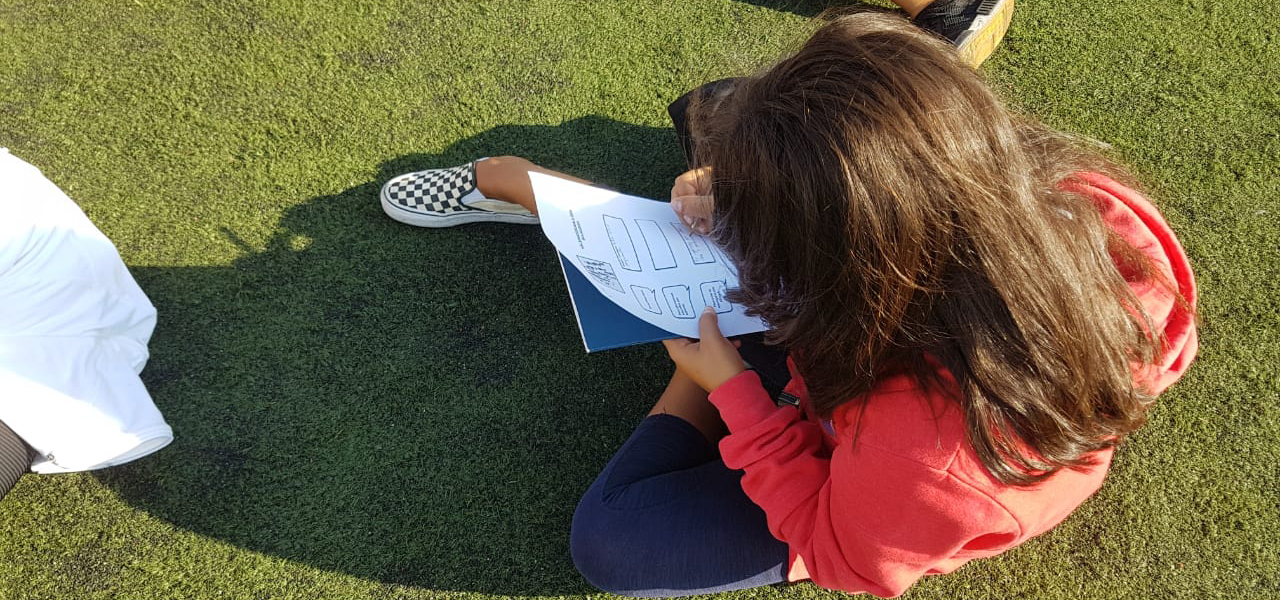
What is the assessment philosophy of the MYP?
The assessment of student performance in the MYP is descriptive and is based on criterion-related assessment. The MYP assessment criteria are aimed at highlighting particular inclinations and shortcomings. For each course, the goals to be achieved are pre-determined and common to all students attending the MYP programme around the world.
Subjects are evaluated according to four (4) assessment criteria (A, B, C, D) with 8 representing the highest level of performance.
| CRITERION A | 0 – 8 |
| CRITERION B | 0 – 8 |
| CRITERION C | 0 – 8 |
| CRITERION D | 0 – 8 |
These criteria vary for each subject group according to the distinct characteristics and aspects of the particular discipline.
What are the characteristics of MYP assessment?
Assessment focuses on the learning objectives set by each subject group and for each year of study. The assessment criteria, as well as the expected results, are announced in advance and are understood by all students in order for them to work with clear objectives.
Assessment is carried out in two ways. It is:
- internal, when conducted by school teachers with procedures laid down and monitored by the IBO. Depending on the requirements of the lesson, it can take the form of written tests, examinations, laboratory experiments, presentations, debates, written assignments, analyses and metacognitive exercises.
- external, when conducted by independent school examiners selected by the IBO. At the end of the last year of study, the personal project of MYP 5 students (A’ Lyceum/Grade 10) is subject to external assessment and sent for moderation directly to IB examiners. The external assessment aims at standardizing and ensuring the level of quality at a global level.
- Schools wishing for their students to acquire an MYP Certificate are required to participate in external assessment (MYP e-Assessment).
When does assessment take place?
Formative Assessment: is woven into the daily instructional process and takes place throughout the academic year. Its objectives are to identify students’ existing knowledge and to identify areas of persistent weakness so that the design of teaching addresses those problems.
Summative Assessment: is conducted at regular intervals throughout the academic year, with the completion of unit planners, in order to evaluate the progress of students over time.
How is student progress recorded?
According to the MYP, emphasis is placed on authentic assessment. In addition to written tests, which closely assess comprehension of content, student performance is also taken into account through other processes such as research, collaboration, artwork, lab reports and other activities. It is not so much a matter of in-depth knowledge of a subject, but rather the practical application of information / knowledge or its transfer to a new context (e.g. in everyday life, present conditions, etc.) as well as the acquisition of the skills being cultivated through studied subjects.
Frequently, therefore, new assessment tools are developed that reflect a student’s progress in one or more areas and their ability to think. Examples of some of the methods of recording student progress are as follows:
- Self-assessment
- Peer-assessment
- Reflection Sheets
- Rubrics
- Checklists
- Anecdotal records
- Portfolios
- Written tests
- Compositions—musical, physical, artistic
- Oral presentations
- Lab reports
Notes for the descriptive assessment IB MYP
MYP descriptive assessment is not arbitrary, but is based on the systematic observation and recording of a student’s activities. Consequently, the best-fit approach is adopted for both formative and summative assessments. Performance level in a report card reflects the student’s overall performance at this stage and does not automatically arise from the average value of student ratings or the highest of their individual performance.
Descriptive assessment focuses on the student’s positive performance. However, for lower levels of performance, weaknesses in achieving learning objectives are included in the descriptive assessment. In this way, the learner focuses on the learning process, realizes what they have done, is rewarded for what they have achieved and understands what goals to set next.
For each assessment criterion, the level of understanding and l knowledge and skills acquisition per subject group is described with levels of achievement on a scale of 0-8.
Example: Language & Literature ΜΥΡ 2 – Objective C: Producing text
| 0 | The student does not reach a standard described by any of the descriptors below. |
| 1 – 2 |
The student:
|
| 3 – 4 |
The student:
|
| 5 – 6 |
The student:
|
| 7 – 8 |
The student:
|
It should be noted that assessment refers to the individual learning pathway of each student. In other words, a student’s performance is compared with expected results and not with the performance of other students.
Assessment of performance is carried out with qualitative rather than quantitative criteria. Thus, the ratings in the MYP descriptive assessment should not be associated with numbers or percentages. It is not to be assumed that there is any numerical relationship between them. For example, a Level 2 performance is not necessarily twice as good as a level 1 performance, or that 4 out of 8 means 50%.
A student who reaches a certain level of performance in relation to a criterion is not required to achieve similar levels of performance in other criteria. In this way, a student’s special abilities and talents are highlighted and their weaknesses / shortcomings are detected in relation to the specific characteristics of the disciplines.
For the above reasons and while the learning objectives of the MYP disciplines and the Greek National Curriculum are often identical or similar, it should be noted that there cannot be an absolute alignment between a student’s performance in the MYP descriptive assessment and their performance on the 1 -20 scale of the Greek National Curriculum.
Parent conferences/ Progress reports
Two parent – teacher conferences are held in November and February. The conferences are designed to discuss students’ progress, answer parents’ questions, address their concerns and help them define their role in the learning process.
- A progress report, with student achievement based on the MYP criteria, is delivered twice a year at the beginning of February and June.
- A progress report, based on the Greek National Curriculum, is delivered quarterly twice a year.
- At the end of the academic year, students receive their final reports (MYP and Greek Ministry of Education, Research and Religious Affairs).
General Grade Descriptors
| Grade |
Boundary guidelines |
Descriptor |
| 1 | 1 – 5 |
Produces work of very limited quality. Conveys many significant misunderstandings or lacks understanding of most concepts and contexts. Very rarely demonstrates critical or creative thinking. Very inflexible, rarely using knowledge or skills. |
| 2 |
6 – 9 |
Produces work of limited quality. Expresses misunderstandings or significant gaps in understanding for many concepts and contexts. Infrequently demonstrates critical or creative thinking. Generally inflexible in the use of knowledge and skills, infrequently applying knowledge and skills. |
| 3 |
10 – 14 |
Produces work of an acceptable quality. Communicates basic understanding of many concepts and contexts, with occasionally significant misunderstandings or gaps. Begins to demonstrate some basic critical and creative thinking. Is often inflexible in the use of knowledge and skills, requiring support even in familiar classroom situations. |
| 4 |
15 – 18 |
Produces good-quality work. Communicates basic understanding of most concepts and contexts with few misunderstandings and minor gaps. Often demonstrates basic critical and creative thinking. Uses knowledge and skills with some flexibility in familiar classroom situations, but requires support in unfamiliar situations. |
| 5 |
19 – 23 |
Produces generally high-quality work. Communicates secure understanding of concepts and contexts. Demonstrates critical and creative thinking, sometimes with sophistication. Uses knowledge and skills in familiar classroom and real-world situations and, with support, some unfamiliar real-world situations. |
| 6 |
24 – 27 |
Produces high-quality, occasionally innovative work. Communicates extensive understanding of concepts and contexts. Demonstrates critical and creative thinking, frequently with sophistication. Uses knowledge and skills in familiar and unfamiliar classroom and real-world situations, often with independence. |
| 7 |
28 – 32 |
Produces high-quality, frequently innovative work. Communicates comprehensive, nuanced understanding of concepts and contexts. Consistently demonstrates sophisticated critical and creative thinking. Frequently transfers knowledge and skills with independence and expertise in a variety of complex classroom and real-world situations. |
For general information on assessment according to the IB MYP, please visit:
https://www.ibo.org/programmes/middle-years-programme/assessment-and-exams/
For further clarification, please contact Ms. Jenny Matsota at: tmatsota@cgs.edu.gr



